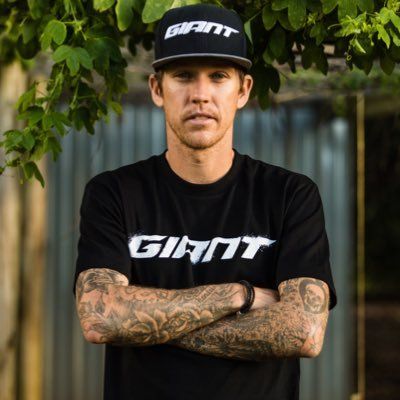Making the Leap from Age Grouper to Pro Triathlete
Discover the physical demands, mindset shifts and off-course responsibilities needed to make the leap from triathlon age grouper to professional athlete.


Discover the physical demands, mindset shifts and off-course responsibilities needed to make the leap from triathlon age grouper to professional athlete.


The leap from age group athlete to professional triathlete is a topic of much debate in the tri community. The transition is massive, not just in terms of performance but also in mindset, discipline and lifestyle. At what point should someone’s reality overtake their desire? What does it take to become a successful pro? Together with Tim Van Berkel, one of the most consummate pros in the sport, we explore what it takes to make the jump.
For age group athletes dreaming of going pro, understanding the key differences is crucial:
Competition: As a pro, you’re up against some of the most talented athletes in the world. These people often have genetics on their side and have developed massive “engines.”
Mentality: Pros live and breathe the sport. Desire, determination, and discipline separate the best from the rest.
Pressure: For a pro, racing is a livelihood. A bad day isn’t just disappointing; it affects your ability to pay the bills. You’re constantly pushing yourself to perform, in both training and racing. So make sure you aren't chasing the win to pay those bills as you will end up in the mental jousting match.
The physical demands of being a professional vary depending on the race type and distance. Here’s what’s required:
The responsibilities of a professional triathlete extend far beyond race day. Here’s what it takes:
Build a Support Team: You need people who will keep you at your best—massage therapists, chiropractors, coaches and other positive influences.
Train Smarter: It’s not just about volume. You need to focus on quality and targeted improvements.
Recover Better: Your body is your tool, and fast recovery is essential.
Stay Disciplined Year-Round: Even during breaks, you need to stay on track.
Communicate with Sponsors: They’re investing in you, so keep them in the loop.
Gear Up: Invest in the best equipment you can afford—bikes, shoes, wetsuits—everything matters.
Visualise Success: Mental preparation is as critical as physical training.
Stay Emotionally Balanced: Avoid highs and lows that could derail your focus.
Plan Smart Travel: Limit travel fatigue by mapping out your season carefully.
Master Social Media: While it’s not everyone’s favourite, it’s crucial for connecting with fans and sponsors.
Take Ownership: Don’t rely on your coach for everything. Be proactive in your training and racing decisions.
The best advice is to trust your training. Be consistent, disciplined, and enjoy the process. Triathlon is about self-improvement, and when you put in the work, the results will come. For anyone considering the jump, remember: being a pro isn’t just about speed—it’s about living and breathing the sport.
We hope these insights provide a clear picture of the commitment required to transition to the professional ranks. Whether it’s the physical demands or the off-course responsibilities, making the leap is a life-changing decision that requires complete dedication.